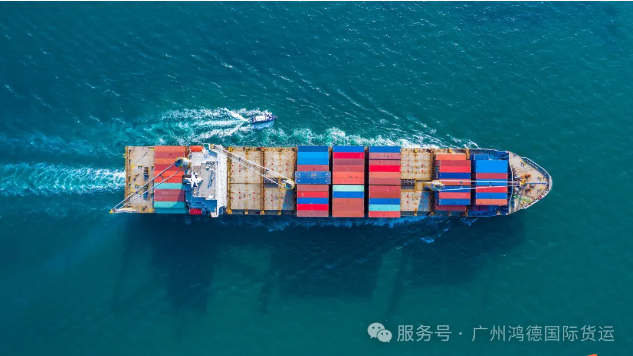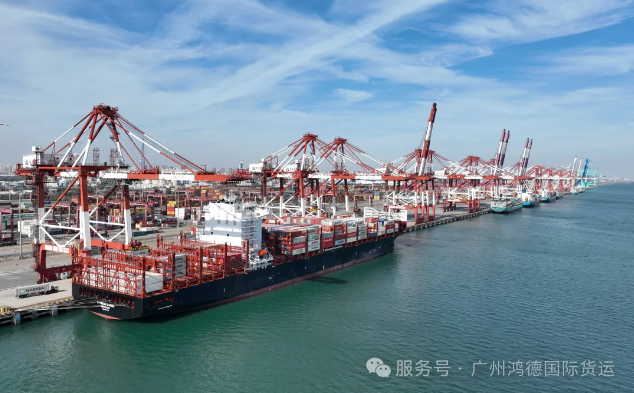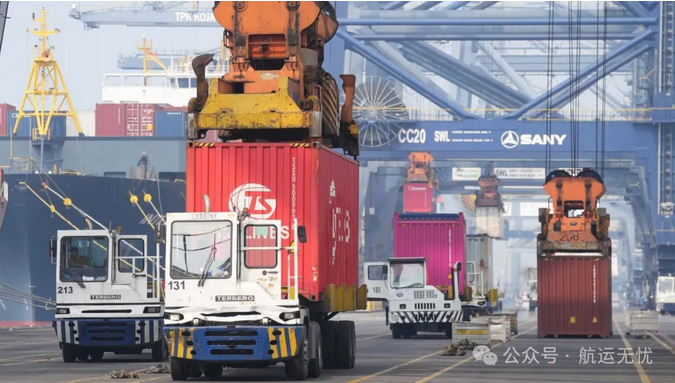Demand rebounds! Container freight rates end ten consecutive declines and continue to rise | Maritime export logistics
Apr 11,2025

Recently, the global market demand gradually warming up, Shanghai Export Container Freight Index (SCFI) finally ended the ten consecutive weeks of decline, rising for two consecutive weeks.
According to the latest data released by the Shanghai Aviation Exchange on April 3, the SCFI index rose 35.9 points last week to 1392.78 points, a weekly increase of 2.65%.

Among the four major ocean routes in Europe and the United States, except for the Mediterranean route, the other three ocean routes showed a rebound. Specifically:
Western United States: Rates rose $136 to $2,313 per FEU, or 6.2% weekly.
US Eastern: Rates rose $112 to $3,306 per FEU, up 3.5% weekly.
European Line: Rates rose $18 to $1,336 per TEU, or 1.4% weekly.
Zhichai Line: The rate per TEU fell $48 to $2,028, down 2.3% weekly.
In addition, coastal freight rates have also increased:
Far East to Kansai, Japan: US $3 to US $322 per TEU increase.
Far East to Kanto, Japan: US $3 to US $327 per TEU increase.
Far East to Southeast Asia: US $12 to US $445 per TEU increase.
Far East to South Korea: $1 to $142 per TEU increase.
Industry sources pointed out that shipping companies are closely monitoring the reciprocal tariff policy announced by the United States to develop new pricing strategies. As soon as after the Pure Brightness holiday, the market will react. As the United States is still likely to adjust tariffs in consultation with countries in the future, the impact on shipments and freight prices remains variable.

Currently, the industry has simulated two extreme scenarios:
1. Delayed release of shipments: If shipments slow down or are delayed, transportation demand will increase by the end of the second quarter and the third quarter when purchasing demand is released during the traditional school start period.
2. Suppression of consumer demand: If the United States announces a general tariff that covers more countries and regions and has higher tax rates, it may raise consumer inflation concerns, curb consumer demand, and lead to a significant reduction in shipments, which in turn affects freight prices.

In addition, the new annual contract for the US line has entered an intensive signing period. On the one hand, carriers are trying to reduce shifts to regulate space, while on the other hand, they are trying increasing spot prices to support long-term contract prices. Although a handful of carriers suspended price increases last week, some continued to push up freight prices, albeit with a smaller increase.
Next, before the end of April and the May Day holiday, there will traditionally be a wave of shipment peaks, and shipping companies still have plans to shout up prices.
At present, the global transportation market is undergoing complex changes, and the rebound of the transportation price index has brought a slight sense of optimism to the market. However, future tariff policies and consumer demand remain uncertain, and cargo owners and shipping companies need to pay close attention to market dynamics and adjust their strategies flexibly to cope with possible volatility.
Disclaimer: This article has been collated with Internet information and is for informational purposes only. Facts are officially released or actual.
Previous Page:

Make global trade unimpeded
Contact Phone


Contact Us
Copyright ©Guangzhou Hongdex International Logistics Co.,Ltd
Hotline: 020-84608598
Whatsapp: 18011705178
QQ:2853396538
Email: 2853396545@qq.com
We will provide you with timely feedback











